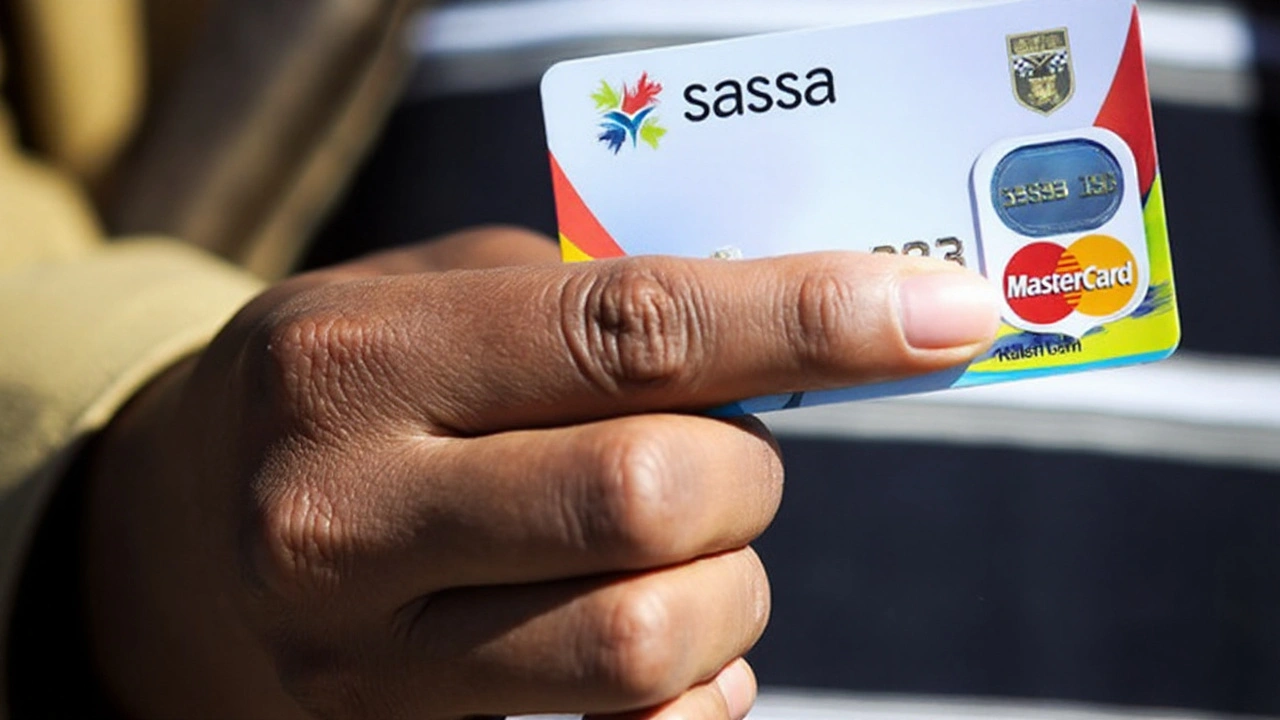Payment Schedule and What It Means for Beneficiaries
When SASSA announced the September 2025 grant dates, a wave of relief swept through townships, pensioner clubs and rural villages across South Africa. The agency confirmed that old‑age pension payments hit bank accounts on Tuesday, 2 September, followed by disability grants on Wednesday, 3 September, and finally child‑support and all other social grants on Thursday, 4 September. This three‑day rollout covered roughly 14 million recipients – a mix of seniors, people with disabilities, single parents and other vulnerable groups.
For many seniors, the pension is the only steady income that funds food, medication and rent. Last year’s delays, caused by a backlog in the central banking system, left thousands scrambling for cash and amplified already high inflation. By sticking to the timetable, SASSA not only restored trust but also helped families plan their weekly budgets without the usual last‑minute scramble.
Local pensioner, 74‑year‑old Mrs. Dlamini from Durban, told me, “I heard the dates on the radio and I could finally pay my niece’s school fees on time. It’s a weight off my shoulders.” Similar stories emerged from the Eastern Cape, where disability grant holders said the prompt payment allowed them to refill essential medicines before the monthly pharmacy run‑out.
Behind the scenes, SASSA coordinated with over 4,200 payment points – from banks and post offices to accredited shop agents – to ensure smooth disbursement. The agency’s logistics team used a staggered approach to avoid the bottlenecks that plagued previous months, deploying additional mobile cash vans in high‑traffic areas.

Safety Tips and Digital Options Recommended by SASSA
Beyond the dates, SASSA’s public messages stressed a simple but vital practice: don’t rush to the ATM on day one. Instead, beneficiaries were encouraged to withdraw cash gradually over the three‑day window, reducing crowding at pay points and lowering the risk of robbery. The agency warned that large cash withdrawals make recipients easy targets for petty crime, especially in densely populated townships.
To support this, SASSA highlighted the growing adoption of its own debit‑style SASSA card. Card transactions rose by 28 % in the first half of 2025, according to a ministry briefing, indicating that more people are using the card for groceries, transport and utility bills instead of carrying cash. The card can be swiped at any point‑of‑sale terminal, and the agency is piloting QR‑code payments in informal markets, a move that could further shrink cash reliance.
Community leader Thabo Ndlovu explained, “When we use the card, we don’t have to worry about losing money on the way home. It’s quicker, safer, and you can even set a daily limit to protect yourself.” The advice also aligns with broader government efforts to push digital payments as a tool against corruption and money‑laundering.
Security experts note that a gradual withdrawal strategy, combined with digital card usage, can cut ATM‑related incidents by up to 15 % in high‑risk zones. SASSA’s outreach teams are working with local police to monitor hotspots during the payment days, ensuring a rapid response if any incidents arise.
Overall, September’s smooth disbursement reflects a more disciplined SASSA and a populace that’s increasingly comfortable with cash‑less options. While challenges remain – such as reaching remote areas with limited network coverage – the agency’s proactive communication and focus on safety have set a solid template for future payment cycles.